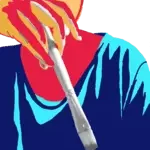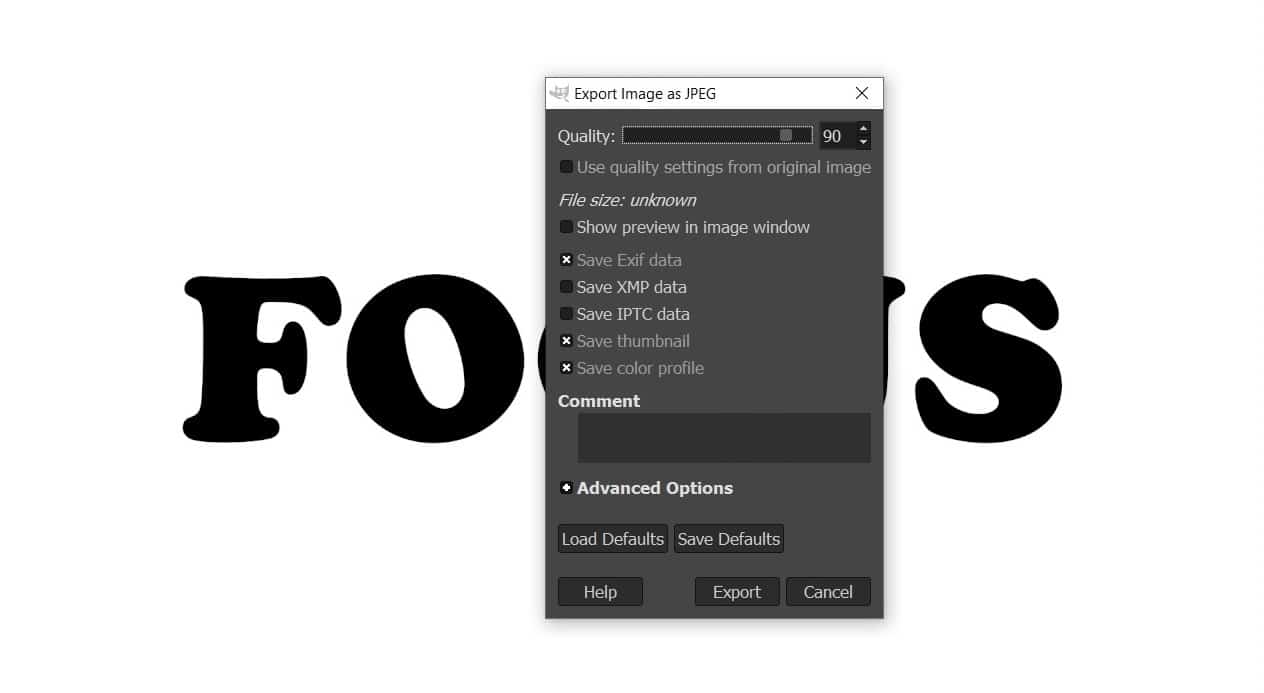
LONG POST ALERT!
For most of my life, I have experimented with multiple mediums of art. My artworks (good and bad) often swirled around pencil sketches, pen-work designs or occasional play with oils. Watercolor works happened sporadically without intended desire with not so ideal materials. Around July of 2017, I found myself gravitating towards watercolor medium purely for its unpredictability and subtlety, and since then, I have tried to improve my art skills almost on a daily basis.
I have decided to pursue this medium seriously and share my learning as I grow. If you are an absolute serious beginner or pursue art in your free time, I think, I can help you with the takeoff. I am no teacher here; there are tons of good workshops and online tutorials from which you can learn, if you wish to do so.
However, I believe, we all have our own discoveries to make in our own pursuits of original works, and this blog series is dedicated to share exactly that.
I hope this helps you to paint better. Let’s get started!
Growing With Time
In 2017, I created something without any reference.

I recreated the same image in 2019 to see how differently I would approach the same subject.

Of course, there are some in-the-moment variations, but largely the images remain similar. Here it is a comparison:

While you are free to pick which one feels better to you, the 2019 version is a more serious approach towards watercolor works. Here are three major reasons why:
- Getting the basics right – paper, pigments and brush:
The first image is a result of randomly picked paper, cheap (and bad) pigments, and synthetic brush. The second one is made on a thick textured paper, good pigments, and quality brush with water retention capacity.
- Tapes, Bend and Drawing:
The first image has no boundary. It was painted on a surface parallel to the ground. As such, the natural tendency of water to flow was inhibited, making background section appear “blocky” with identifiable edges, although with experience you can work with parallel sheets. There was no basic drawing to plan out how the overall image should look like.
The second image has boundary to restrict color spreading. Masking tapes make this possible giving a neat feeling to the overall picture. It was painted on a surface which was slightly tilted that allowed water to flow down along with pigments giving the background a more consistent and “washed” (a painting technique) look. Although I did not use a pencil, the overall image was well mapped in my head for what to draw, where to draw, and by what proportions. So, I used the colors directly.
- Purpose driven coloring:
Pay close attention to the first picture’s background. There are random blotches of green and purple. There is also a chunk of green at downward center which I remember regretting after I painted it that way. The background, as discussed earlier doesn’t have a clean washed look and the random chunks don’t really convey why they are there.
I fixed these mistakes in the second image by not using green at all. It has always been a tricky color for me, and while blue and purple blend well, inappropriate amount of green will just look out of space. Moreover, the background is not blocky or edgy but carries a decent gradient. There is no extra color on the paper.
In future posts, I shall get into the details about papers, pigments, brushes, painting techniques, do(s) and don’t(s), and more!
Picking Your Subject
Once you have set your mind to try watercolors, the next step is to find a reference. Now this could be anything – flowers, landscapes, portraits, still life pictures, literally anything.
The whole point of this exercise is to remain true to yourself by trying to paint what you really like.
You might have been inspired by someone who makes splendid portraits or someone really good with painting sunsets, but if those subjects don’t appeal to you, don’t try to paint them as a beginner.
Scroll through your phone gallery for a picture that you really like. If the whole thing is too complicated for you to paint, pick one item from the picture or choose a simpler picture for your reference.
It is a good idea and often recommended to start with just one item, it could be a fruit, or a flower, or a tree. The point is, if you prefer and find it easier to draw an apple than a coniferous tree, choose apple.
Practice, Practice & Practice
There is no substitute for hard work. Period.
Few of my friends who pursue arts repeatedly told me to rework if something didn’t come out well. The above rework is probably one of the few that I have ever completed and hence, I understand the value in doing this exercise.
Apart from a psychological boost from seeing yourself progress, this exercise also imparts the desire to continue to paint.
There will be days when your paintings will look horrible, much worse than your first amateur trial. Please don’t give up on such days. Try to rework, take breaks and repeat. But if you find yourself wasting too many sheets, take a break for a few days and try again.

Choose Your Muse
Honestly, there are tons of great artists out there sharing their works on social media! If you connect with their artworks, follow them, and you will be surprised on how much knowledge they share through their works of art.
You will discover about art supplies, techniques, quality brands, workshops, mediums, subjects and more artists!
Let your childlike curiosity guide you. There will always be something new to wonder about.
Explore Other Mediums
Watercolor is often considered the most difficult medium of painting and quality watercolor works are not easy.
But I presume, any medium is bound to be difficult if you don’t really connect with it.
Exploring other mediums gives you a healthy break but it also brings you close to your own tastes and preferences. If you do not find yourself wanting to come back to watercolors, then it is probably not for you.
Find what you really like. Medium hopping can gain you that insight. Stick to what you love.
In conclusion, it’s just been 2 years for me practicing this medium seriously and I swear there is still a long way to go.
Watercolor works demand patience, love and tons of practice.
Finding expressivity and control in a moody medium has an intoxication of its own. Watercolors are as loyal as your attention.
In my next blog, I will get into the holy trinity of watercolor basics – paper, pigments and brush! Stay tuned and do leave a comment if you enjoyed reading this post and learnt something! Thanks in advance!


Very detailed. 🙂
Hey! Thank you! 🙂
A very helpful writeup Sangita, i m sure this will help beginners a lot because some simple lessons are learnt by spending hours and months of failures. There is so much material on the internet, sometimes too much information confuse us. Sharing what not to do sometimes prove more helpful than what to do. This writeup exactly does that and hope to see more. Much love!
Ah! Thank you so much! It was written with an intent to declutter beginner level confusions. I am glad that it helped. There will be more. 🙂